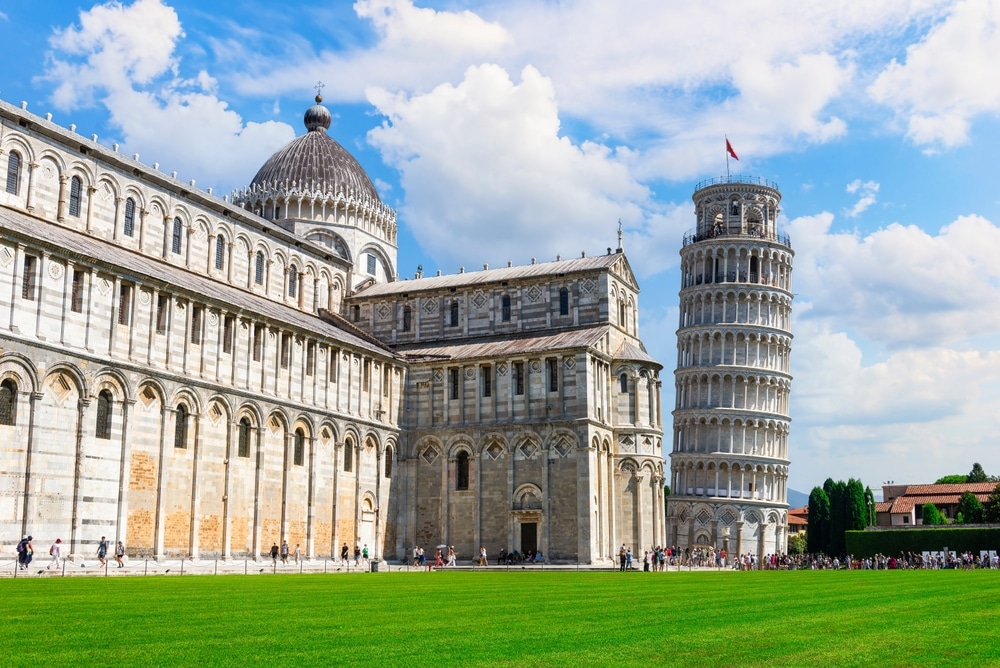Phone
832-979-3573
Architectural landmarks are the iconic structures that define the skyline of a city and capture the imagination of visitors from around the world. These buildings, bridges, monuments, and other structures are more than just feats of engineering; they are works of art that tell the story of a city’s history, culture, and aspirations. From ancient wonders to modern marvels, architectural landmarks offer a glimpse into the creativity and innovation that have shaped the world’s greatest cities.
Whether you’re standing in awe of the towering spires of a Gothic cathedral, marveling at the sleek lines of a contemporary skyscraper, or exploring the intricate details of a historic palace, architectural landmarks provide a unique and inspiring way to connect with the cities you visit. Let’s delve into the significance and allure of architectural landmarks, where design, history, and culture come together in stunning harmony.


Architectural landmarks come in all shapes and sizes, each representing a different era, style, and purpose. Exploring these landmarks offers a journey through time, showcasing the evolution of design and the diverse influences that have shaped the built environment.
Architectural landmarks are more than just impressive structures; they are symbols of a city’s identity and cultural heritage. Through their design, construction, and use, these landmarks tell the story of a city’s development, its values, and its place in the world.


Visiting architectural landmarks is a highlight of any city tour, offering a chance to explore the creative and cultural heart of a destination. Here are some tips to help you make the most of your experience:
Architectural landmarks are among the most iconic and beloved features of any city, offering a window into the history, culture, and creativity that define a place. Whether you’re standing before an ancient monument that has stood the test of time or marveling at a contemporary masterpiece that pushes the boundaries of design, these structures inspire awe, wonder, and admiration.
In a world that is constantly evolving, architectural landmarks remind us of the enduring power of human creativity and the importance of preserving our cultural heritage. They are symbols of our collective achievements, our artistic aspirations, and our ability to shape the environment in which we live. So, whether you’re exploring a historic city center, discovering a hidden gem in a local neighborhood, or gazing up at the tallest building in the world, let architectural landmarks be your guide to a deeper understanding of the cities and cultures you encounter.
